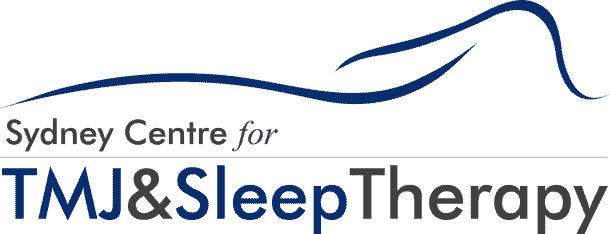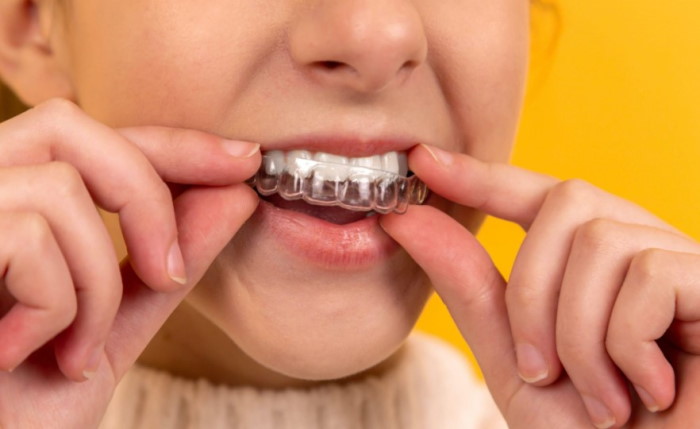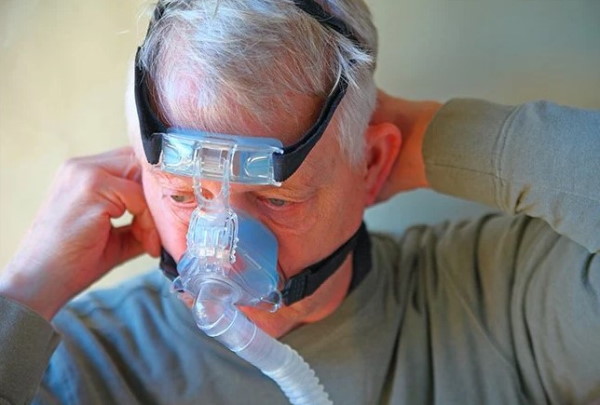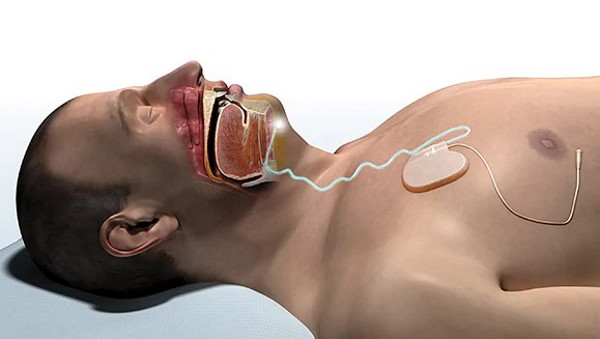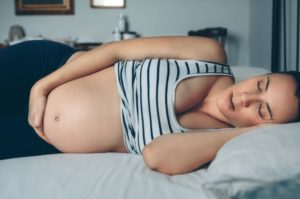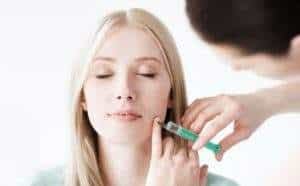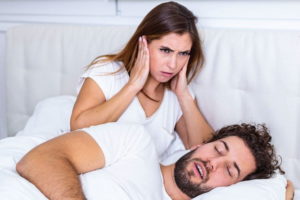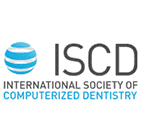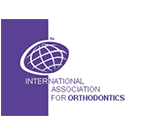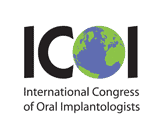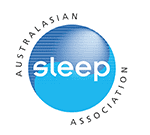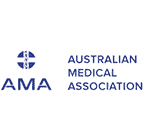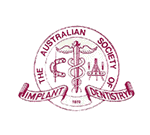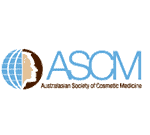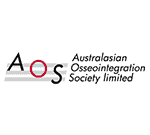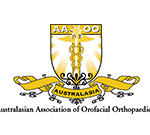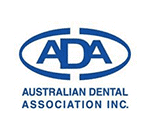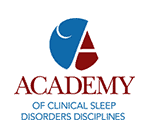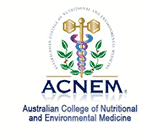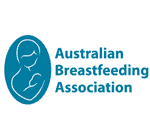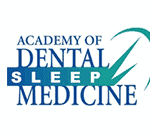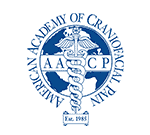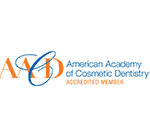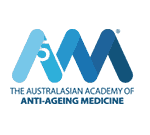Positive airway pressure is the gold standard for sleep apnea treatment, especially among patients diagnosed with obstructive sleep apnea. This therapy has proven to be effective in improving the quality of life and relieving symptoms for patients diagnosed with this sleep disorder. Using a CPAP machine is recommended by sleep doctors for sleep apnea sufferers but there are some challenges to this particular treatment. If you are looking for alternative treatments for sleep apnea, you have come to the right place.
Why Consider Alternative Treatments for Sleep Apnea?
A CPAP therapy machine is the best option for treating sleep apnea. But there are several reasons why you may want to consider an alternative treatment.
The first reason is the cost. CPAP machines cost approximately $250 or up to $1,000 for more high-end models. If you don’t have insurance, you would have to pay for the machine out of your own pocket. Even those that come via rent-to-own plans can still be too expensive for most patients to afford.
Another issue with using a CPAP machine is compliance. Insurance providers that cover the payment of this machine require patients to use the device for at least four hours per night or up to 70% of the 30-day compliance period. Some patients feel that this compliance rule is an invasion of their privacy, while others simply struggle with meeting the usage requirements.
There are also side effects that can be experienced with the use of the CPAP machine. The mask is uncomfortable to wear, which is one of the issues that users have in complying with the requirement for machine use. Various other reported side effects include stuffy or dry noses and itchy eyes. The partners of CPAP machine users might also be disturbed by the noise that the machine makes whenever the mask leaks.
These factors combine with the low adherence rate among CPAP users, which is at only 50%.
Why is There a Need for New Treatment Options?
A new approach to treating sleep apnea is necessary to give patients and their families more options for dealing with this sleep disorder. CPAP might be effective but if other equally effective treatment options are available, then it would give patients more options that would suit their needs and lifestyle. A treatment for sleep apnea that would not bring discomfort to the patient or their partners would be a welcome change.
Therefore, sleep apnea patients can explore alternative treatment options to aid in relieving symptoms and combat the life-threatening risks of the sleep disorder. Feel free to explore alternative treatments for sleep apnea and discuss these options with your doctor.
Alternative Treatments for Sleep Apnea
The following are the new treatment methods and interventions available to sleep apnea patients who cannot use PAP therapy or devices.
1. Hypoglossal Nerve Stimulation
Hypoglossal Nerve Stimulation (HNS) is one of the breakthrough treatment options that offers an alternative to CPAP in the treatment of sleep apnea. It is a form of upper airway stimulation that involves implanting a device via an incision to the clavicle where the implanted pulse generator (IPG) is placed. The sensing lead is placed on the chest and the stimulation lead on the neck.
The IPG consists of a battery, computer, and lead connector block. The IPG receives information from the sensing lead and uses an algorithm to convey energy to the stimulation lead. The sensing lead is responsible for monitoring the breathing patterns during sleep and any pressure changes there may be. If the sensing lead detects changes in the breathing cycle, that information is transmitted to the stimulation lead. The latter uses that information to enable action for tongue protrusion and facilitate easier breathing for the user. The device comes with a handheld sleep remote.
The use of the HNS device controls an important mechanism of action: the activation and protrusion of the tongue. The FDA approved the use of HNS for OSA patients based on a trial performed on patients in the US and Europe.
The ideal candidates for HNS are those patients who have tried CPAP and other alternative methods without success, those with a BMI of less than 32, and have moderate obstructive sleep apnea symptoms. Even those who are considered candidates for this treatment option must undergo further testing, such as a sedated endoscopic exam to analyse the movement of the throat during sleep. The results of the exam will determine the prognosis of HNS as a treatment for OSA.
HNS is an outpatient surgical procedure, which means it is still less invasive than the current surgical options available for sleep apnea patients.
2. Oral Appliance Therapy
Oral appliance therapy is another preferred method of treatment for sleep apnea among patients. It is also recommended by sleep doctors because they are typically non-invasive. CPAP machines can fall under this category, but there are more appliances that you can choose from.
Custom oral appliances are the most common type of oral appliance therapy device. The physical or digital impression of a patient’s oral structure is used to fabricate the custom oral appliance. It also uses biocompatible materials.
You need a qualified dentist to take the oral structure impressions and create the custom oral appliance. The oral appliance is created in a lab and fitted to the patient. Follow-up with the dentist is scheduled at two-week intervals to ensure proper adjustment of the device. Patients can also find prefabricated oral appliances, although they are not as effective as custom ones for obvious reasons.
You could also find tongue-retaining devices that help alleviate the symptoms of obstructive sleep apnea.
3. Nasal EPAP Therapy
Nasal EPAP is one of the alternative treatments for sleep apnea that involves a mechanical valve. This valve is worn in each of the openings of the nasal cavity at night. The valves permit low resistance during inhalation and high pressure during exhalation. This mechanism enables the user to maintain an open airway during sleep and maintain that positive flow of air throughout the night.
Nasal EPAP therapy is available in a kit that is intended for single-night use only. Therefore, you have to replenish your kit every 30 days or when you run out of valves to use.
